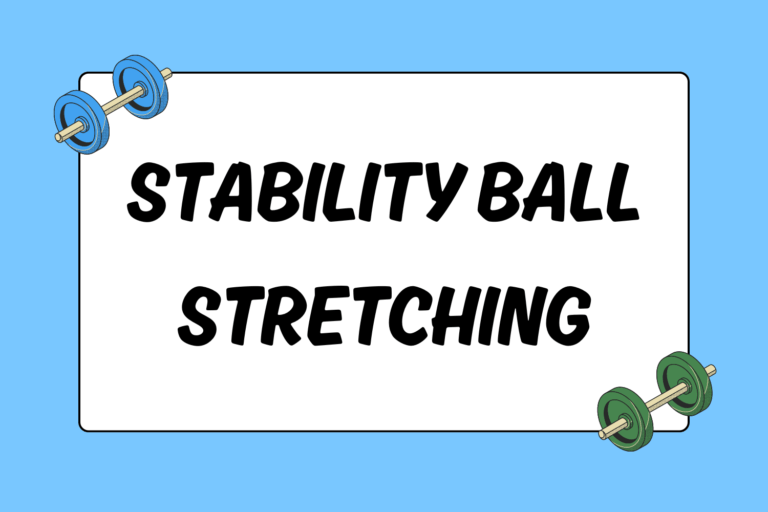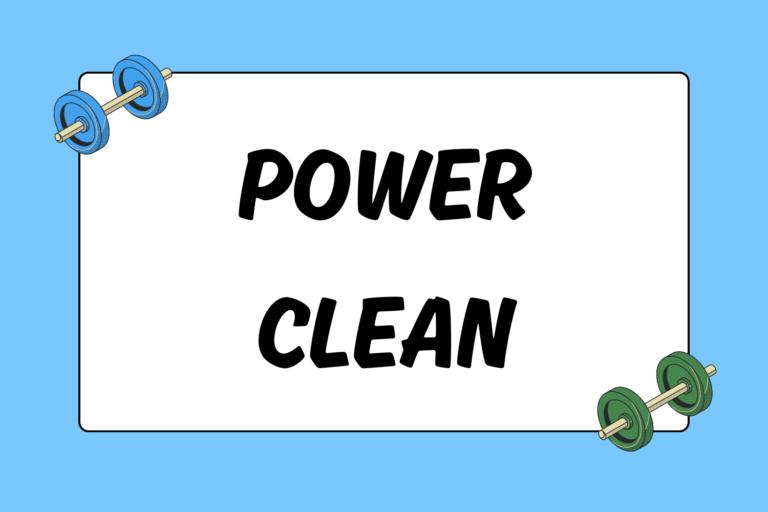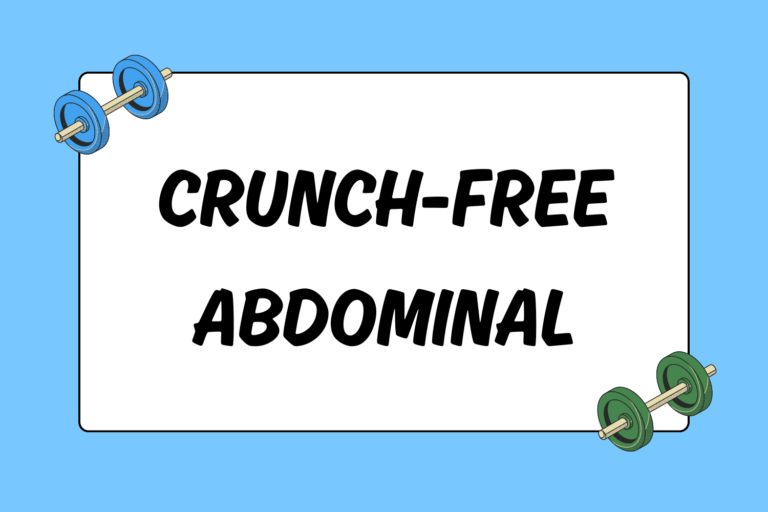Bodyweight training is movement-based and increases functional strength and stability. Focusing on movements rather than individual muscles increases your ability to perform daily tasks and translates well for sports. Bodyweight exercises teach you how to move and better use your body. Becoming proficient in bodyweight training gives you a strong foundation and empowers you to have great workouts anywhere, anytime.
Bodyweight workouts can be used in many capacities and for various outcomes. Like any training modality, begin using a low-to-moderate intensity or perhaps even a percentage of your bodyweight. As you improve, you can manipulate aspects of your program to elicit different responses in your training. Many people think changing weight or number of reps is the only way to progress a program. However, there are endless progressions that can be used for strength, weight loss, general health, or sport specificity.
Hot Tip: Change is Good
It’s important to change variables within your routine so you can continue to see results. Making adjustments to your program not only benefits you physically, but mentally as well. Think about the outcome you want and make the necessary changes using any of these variables:
- Volume
- Intensity
- Resistance
- Speed/tempo
- Rest
- Timed sets
Movements
A well-balanced workout plan (in regards to planes of movement and movement patterns) is preferred so our bodies can perform better. Our muscles are designed to work collaboratively within a group of muscles to create movement. The body’s primary movement patterns can be broken down in to the following categories:
- Squatting
- Lunging
- Pushing
- Pulling
- Bending
- Twisting
- Gait
Each of these categories contains numerous exercises that can be included into a workout program. Manipulating variables like rep schemes, tempo, and rest periods determine the desired effect — fat loss, weight loss, overall conditioning, improved strength, or improved speed, to name a few. Additionally, by incorporating a variety of movements you promote better body balance and quality of movement.
Squatting
Squatting is a level change movement that uses the hips and thighs as the primary movers.
- Begin with your feet hip-width apart.
- Maintain good posture through your upper body and begin to lower your body by pushing your hips back like you are sitting in a chair.
- When your thighs are parallel to ground, push through your heels and return to start.
Keep your feet straight or slightly turned outward, and keep your knees in line with your middle toes to prevent the knees from caving in or out.
| Muscles Worked | Variations |
|---|---|
| Lower Body Quadriceps Glutes Hamstrings Core | Deep squat Split squat Overhead squat Sumo squat Jump squat |
Lunging
A unilateral level change movement that also uses the hips and thighs as the primary movers. Lunging requires balance and has numerous sport-specific applications.
- Begin with your feet hip-width apart.
- Maintain good posture through your upper body and start by stepping (or lunging) your right foot forward, far enough that the heel of your left foot raises from ground.
- The right knee should be directly over the right foot and the left knee should be directly beneath the left hip.
- Push through the right heel to return to a split-stance position where both legs are straight.
- Repeat for desired reps and then switch to the left leg as the lead leg. Keep your torso upright and focus on pushing through front heel.
| Muscles Worked | Variations |
|---|---|
| Lower Body Quadriceps Glutes Hamstrings Adductors Abductors Core | Forward lunge Lateral lunge Reverse lunge Alternating lunge Walking lunge Multi-planar lunge Jump lunge |
Pushing
Pushing includes exercises where the resistance is forced away from the body. Commonly used to categorize upper body exercises in the context of vertical and horizontal pushes, this also includes lower body movements like a squat, lunge, or leg extension. This is a helpful qualification if you choose to split your workouts by push/pull.
- In a prone position, support a straight body with your hands beneath your shoulders and feet together.
- Keeping your body in a straight line, bend at the elbows and lower yourself toward the ground.
- Push through your hands to return to start position.
Make sure your elbows are bending at a 45-degree angle from torso. You can also perform these with a closed fist.
| Muscles Worked | Variation |
|---|---|
| Upper body Chest Triceps Anterior deltoid | Incline push-up Decline push-up Single-arm push-up Diving push-up Handstand push-up Plyometric push-up Staggered arms push-up |
Pulling
Pulling includes exercises where the resistance is forced toward the body. Like pushing, it’s mostly used to categorize upper body exercises in the context of both vertical and horizontal pulls. This also includes lower body movements like a deadlift, hamstring curl, or kettlebell or dumbbell swing.
- Wrap your hands around a pole or fixed object. Keep your arms straight and straddle the object with your legs.
- Keeping your back straight, pull yourself toward the pole. Bend at the elbow and squeeze your shoulder blades together.
- Return to start position and repeat.
You can also perform this exercise by using a towel wrapped around a bar and/or varying the angle at which you pull.
| Muscles Worked | Variations |
|---|---|
| Upper body Lats Rhomboids Posterior deltoid Trapezius | Incline row Decline row Lying or bridge rows Single-arm row Pull-up Single-arm pull-up |
Bending
Bending involves hinging at the hips to bring your upper body toward your lower body. Like twisting, this is often referred to as a catalyst move preparing you to perform another movement. Bending would be a precursor for performing a deadlift or picking up objects from the floor.
- Begin with your feet hip-width apart.
- Lengthen the spine and keep your knees soft with your arms relaxed at your sides.
- Hinging at the hips, reach your arms for the floor and allow your torso to drape across your thighs.
| Muscles Worked | Variations |
|---|---|
| Muscles of the trunk, hips, and legs will be used. The primary muscles used will vary based on whether the bend is forward or backward. | Back bend Split stance Forward fold Roll-up and roll-down Deadlift (this exercise and its variations require resistance) |
Twisting
Twisting involves the rotation of the spine and hips. It’s often used as a precursor to throwing or when changing direction while surfing or skateboarding.
- Lie on your back with your body straight and legs extended.
- Reach your arms out to shoulder-level and bend both legs so your knees are over your hips.
- Reach your knees to the right, keeping your shoulders on the ground and turning your head toward the left.
- Bring your legs back to the center and reach your legs to the left while your head turns toward the right.
| Muscles Worked | Variations |
|---|---|
| Muscles of the trunk and hips will be used. There also muscles used for rotation in the neck. | Single-leg spinal twist Seated spinal twist Carioca/Grapevine |
Gait
Gait describes human location or our ability to move across terrain. This movement involves an alternating swing from the hip and heel/toe actions. Swing one leg forward and make contact with the ground using that heel. As you move from heel strike to mid-stance, your opposing leg is propelled forward as you move to toe-off. The alternating swinging from hip and heel-to-toe action creates forward movement. Keep in mind that running and its variations are more ballistic and only have one foot in contact with ground.
| Muscles Worked | Variations |
|---|---|
| All muscles of the foot, lower leg, thighs, and hips. The primary muscles used vary through heel strike, mid-stance, and toe-off. | Hiking Jogging Skipping Running Sprinting |
Program Design
Bodyweight training, like any workout routine, must consider fitness level and progression. Consistency leads to improvement, and eventually exercises or movements will decline in their ability to challenge you because you have adapted. Progression (or change of stimulus) every 4 to 8 weeks is necessary for you to continue to see results. Further, goals like increased strength may require the addition of equipment or weights once you’re proficient using your own body weight as resistance.
Before starting any workout, you should perform some warm-up exercises and include a cool-down with some flexibility exercises. For a reference, read the fitness guide, “How to Warm Up”. Here are some other points to consider:
Pulling:
This movement requires the use of a bar or stationary object that allows you to pull yourself toward that object. Most playgrounds have some parallel bars that can be used for pulling, or you can secure towels or straps to something stationary to allow for a row-type movement.
Supersets:
This grouping of exercises is designed to “rest” one muscle group while working an opposing muscle group. This time-efficient manipulation has found to have great benefit for fat loss and strength endurance. A superset is signified by placing a letter next to the numerical order of an exercise (example: 1a) .
Splits:
Splitting your workout program helps to accommodate time constraints or the preference to do more workouts per week. Common splits include: total body, push/pull, and upper/lower body.
Rest:
Using the prescribed rest in between sets and in between workouts is essential to achieving good results. Your body requires the necessary rest in order to adapt and recover. If you feel that the rest in between sets is too much, then you need to evaluate whether that exercise is appropriately challenging you.
The exercises you choose should consider your goals, movements that need improvement, and overall benefit. (“Benefit” could include: safety, effectiveness toward your goal, or how it makes you feel mentally or physically.) Then structure your exercises using the following guidelines:
Program Design by Goal:
| Fat Loss | Strength | Endurance | General Health | Sport-Specific | |
|---|---|---|---|---|---|
| Volume | 2-4 sets 8-15 reps | 2-4 sets 6-12 reps | 2-3 sets 15-20 reps | 1-3 sets 8-20 reps | 2-5 sets Reps based improvements needed for sport. |
| Intensity | Moderate to High | Moderate to High | Moderate | Low to Moderate | Same as intensity of the sport |
| Rest (in between sets) | 60 seconds | 1-3 minutes | 30-60 seconds | 30-60 seconds | Use typical recovery time used in the sport as a guideline |
| Speed/ Tempo | Controlled | Controlled | Varies | Controlled | Consider the tempo/ speed of movement needed for the sport |
| Other | Use supersets to maximize time efficiency and increase intensity. Fat loss requires a higher intensity to increase caloric expenditure. | Traditional “strength” requires heavier loads. You may be limited with bodyweight so consider tempo or rep changes to become stronger in other areas of fitness. | Endurance is characterized by lower intensity and longer duration. | Focus on incorporating a variety of movements into your routine. | Sport specificity means that you are creating a training program to compliment the demands of your sport. |
Be Creative
You spend all your time in your body, so why not to use it more effectively? Bodyweight training doesn’t have to be a starting point — there are numerous progressions to accommodate varying fitness levels. Begin your bodyweight program today and discover how fitness can be achieved without any excuses!





